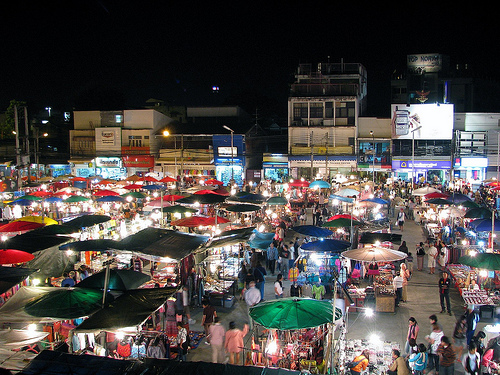China, Japan and Korea, with large foreign exchange reserves, are on this top tier. At the other extreme are the undeveloped ASEAN members (the CLMV plus Brunei), which have a multiplier of five.
The developed ASEAN+5 members (Indonesia, Malaysia, Singapore, Thailand and the Philippines) have multipliers of 2.5, a middle-of-the-road figure that lies between the extremes of Cambodia and Japan. Until May this year, the ASEAN-5 countries (except the Philippines with US$3.6 billion) contributed US$4.77 billion each to CMIM. However, this was revised (pay-walled) at the ASEAN Finance Ministers Meeting in Tashkent. The ASEAN+5 is now committed to a uniform contribution of US$4.5 billion, with a higher commitment from the Philippines and reduced commitments from the other countries.
This represents a victory of sorts for ASEAN cooperation. As a Philippine Central Bank spokesman explained, ‘the four other ASEAN founding states had agreed to an interim arrangement to temporarily cover part of the Philippines’ obligation to the fund, pending sufficient levels of gross international reserves (GIR) to cover this regional commitment.’ On the other hand, the fact that the other ASEAN countries had to reduce their commitments demonstrates that the Northeast Asia to Southeast Asia 80:20 split rule is still in force. Certainly, neither China nor Japan would want to reduce their commitments; ASEAN remains more interested in what they can receive from the CMIM beyond their contributions.
Before the Philippines could agree to expand its commitment, it was vital that the country’s reserves be in a healthier position. Specifically, the commitment could only be made after the country’s gross reserves rose to US$47 billion at the end of April. At this point, the Philippines could cover 9.3 months of imports of goods and services, which is equivalent to 11.8 times the country’s short-term external debt, based on original maturity. But it is worth noting that the Philippines can only source $11.38 billion from the CMIM, enough to help in the event of short-term liquidity shocks or balance-of-payment difficulties, but far from what would be needed to decouple from the IMF.
As the CMIM pact does not require an upfront transfer until after a swap request has been approved, it is difficult to see why the Philippines was not in position to start at US$4.55 billion from the outset.
Joel Rathus is a PhD candidate in Asian Studies. He is currently at Meiji University, Japan and Adelaide University, Australia.
This article first appeared here in Joel’s Eris in Asia blog.

